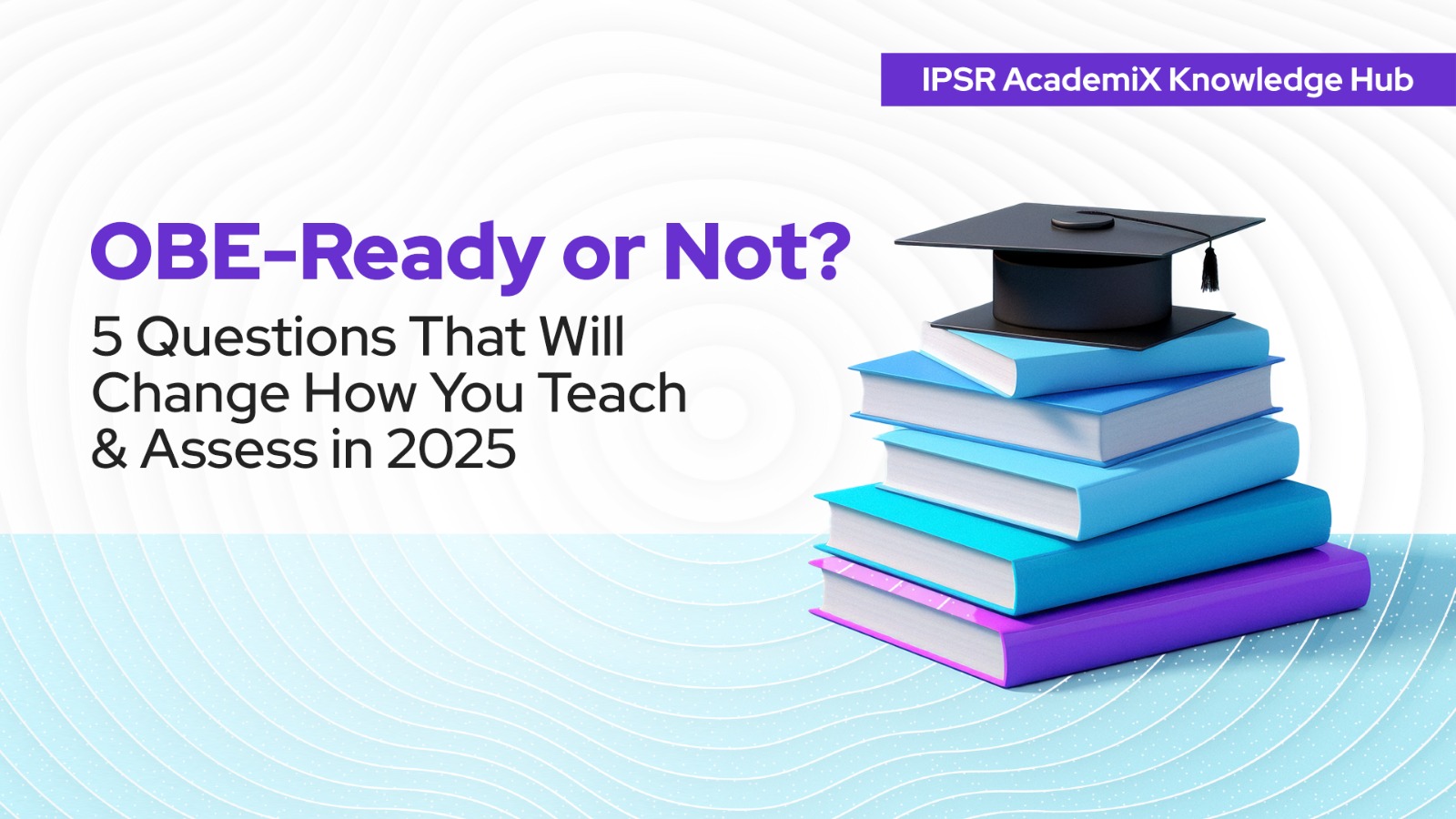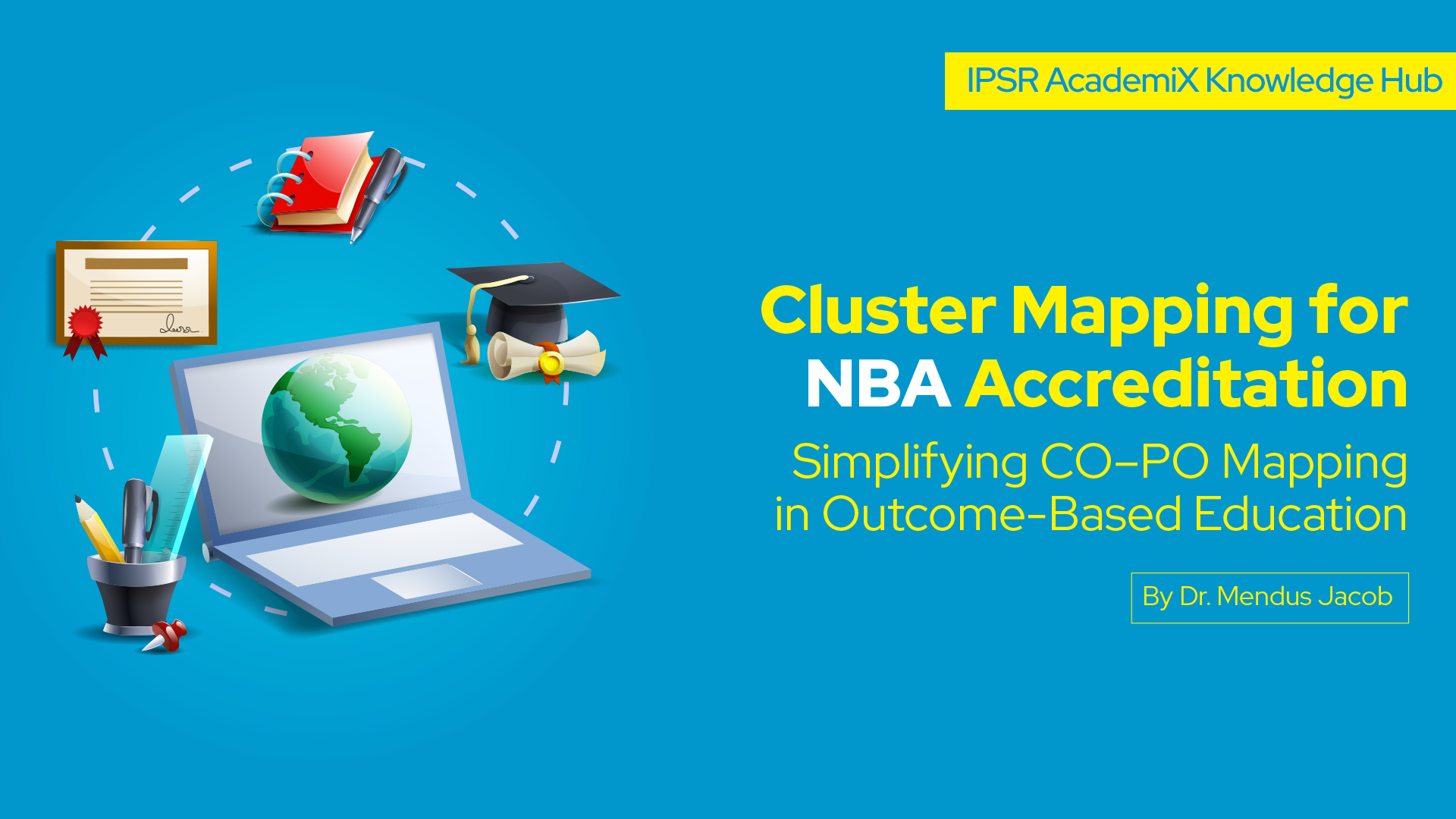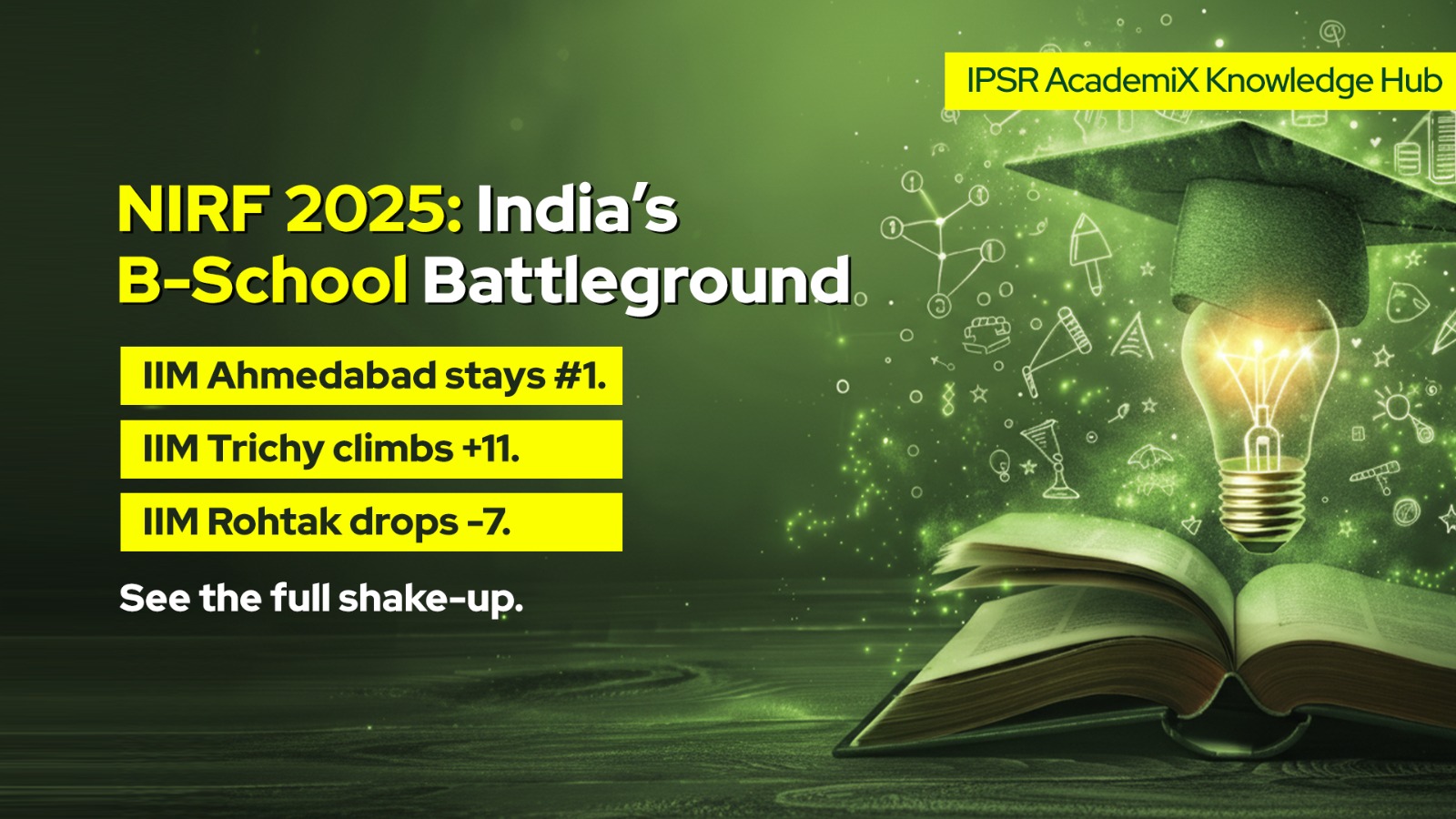
Outcome-Based Education (OBE) has evolved from a buzzword to a baseline.
NAAC is sharpening its accreditation lens. The NBA is tightening rubrics. NEP 2020 has made employability and skill development non-negotiable. And quietly in the background, AI-powered analytics are changing how we design, measure, and prove outcomes.
Whether you’re a seasoned academic or fresh to the faculty desk, here’s the hard truth: in 2025, “having OBE” isn’t the same as implementing it effectively. Uploading a CO–PO matrix before a deadline doesn’t make you OBE-ready; it just means you’ve done the paperwork.
Real OBE readiness demands a shift in mindset: rethinking how you design curriculum, assess learning, track progress, and engage stakeholders.
So, before the next academic cycle begins, ask yourself these five questions—and answer them honestly.
This is where Curriculum Design begins. A well-structured curriculum isn’t just a list of topics — it’s a deliberate map from Programme Outcomes to Course Outcomes, with each element aligned to industry needs and future skills.
Too often, outcomes are written for compliance, not clarity. If you can’t connect a CO to a real-world skill or workplace competency, it’s just ink on paper.
The 2025 shift: Outcomes are becoming currency in the job market. Recruiters and accrediting bodies are asking not just what your students learned, but how you can prove it. AI-based mapping tools can now align outcomes with Bloom’s taxonomy, industry frameworks, and even specific skill benchmarks from platforms like NASSCOM’s FutureSkills Prime.
If your outcomes don’t translate to employable skills, your OBE framework is running on fumes.
This is where Student-Centric Learning & Continuous Improvement comes alive. Matching teaching strategies to outcomes means choosing methods that engage students as active participants — problem-based learning, flipped classrooms, industry simulations — and then iterating based on feedback and performance analytics.
If you want critical thinkers, you can’t rely solely on PowerPoint lectures. If you want innovators, you can’t spoon-feed every step.
Strategies worth embracing in 2025:
Last semester, Professor Meera gave her final-year AI students what she thought was a challenging exam: 60 marks, closed-book, strict proctoring.
Everyone scored above 75%. She felt proud… until a week later, when a company visited campus for placements. The recruiter handed the candidates a real-world task: “Design a basic chatbot that can answer FAQs for a college website. You have 90 minutes.”
The result?
Most of those same top scorers struggled to even set up the environment.
That’s when it hit her: her assessments had been testing memory, not mastery.
This is the OBE trap. You might have well-written Course Outcomes, but if your assessments don’t test the skills and competencies they promise, the alignment is broken.
Here’s where technology can quietly take the heavy lifting off faculty shoulders.
Modern OBE-aligned assessment platforms now let you:
One such tool, QnSmart i, by IPSR, is being adopted by institutions to streamline this entire process, ensuring assessment design stays aligned with OBE goals without drowning faculty in admin work.
For Professor Meera, this meant that instead of “hoping” her exam matched the outcomes, she could prove it, backed by data and design logic.
Because in OBE, the question isn’t “Did my students score well?” It’s “Did my assessments truly measure the learning outcomes I promised?”
Continuous improvement depends on continuous tracking. OBE isn’t a “submit it and forget it” model; it’s a living loop: plan, measure, refine, repeat.
Too often, faculty discover low attainment after final exams. By then, it’s too late to intervene.
Today’s OBE implementation is no longer limited to end-of-semester attainment reports.
Advanced analytics platforms now enable:
Institutions using tools like IPSR’s deQ OBE have found that this shift turns attainment monitoring from a reactive exercise into a proactive improvement cycle.
Faculty no longer have to wrestle with sprawling Excel sheets. Instead, they can spend that time where it matters most: mentoring students and refining curriculum strategies. This transforms tracking from a post-mortem exercise into a proactive improvement tool — the essence of Student-Centric Learning & Continuous Improvement.
Here’s where Documentation & Accreditation Readiness earns its place. Accreditation teams no longer just check for documents; they look for living proof of an active, responsive OBE cycle.
The best institutions involve:
When this feedback is systematically collected, mapped to outcomes, and stored in an organised digital repository, you’re not just ready for audits, you’re showcasing a transparent, collaborative approach to education that keeps your curriculum relevant and your institution credible.
As we explored in our earlier piece “Navigating NAAC Accreditation in the Age of AI: 10 Essential Document Preparation Tips”, the role of documentation is shifting from a static archive to a dynamic, AI-assisted evidence system—one that can anticipate audit requirements, auto-organise records, and even surface gaps before they become compliance risks.
You can meet every compliance requirement and still miss the point.
OBE isn’t about ticking boxes; it’s about proving that your teaching leads to tangible, valuable learning.
Ask these five questions every semester, not every five years. Let technology do the heavy lifting where it can, but let pedagogy—real, thoughtful pedagogy—drive the process.
Because in the OBE era, the question isn’t “Did I teach?” It’s “Can my students prove they learnt, and can I prove I taught them well?”
Join us for FREE to get instant email updates!

Simplifying CO–PO Mapping in Outcome-Based Education Accreditation by the National […]

The National Institutional Ranking Framework (NIRF) 2025 results are out, […]

What the Top 100 Rankings Reveal About India’s Universities The […]

Exploring patterns, trends, and the evolving landscape of technical education […]

Release date: September 4, 2025 Source: NIRF portal’s Overall Top-100 […]
Leave A Comment